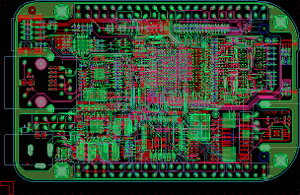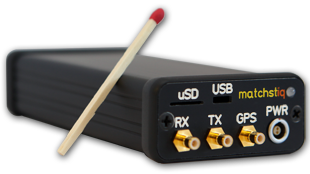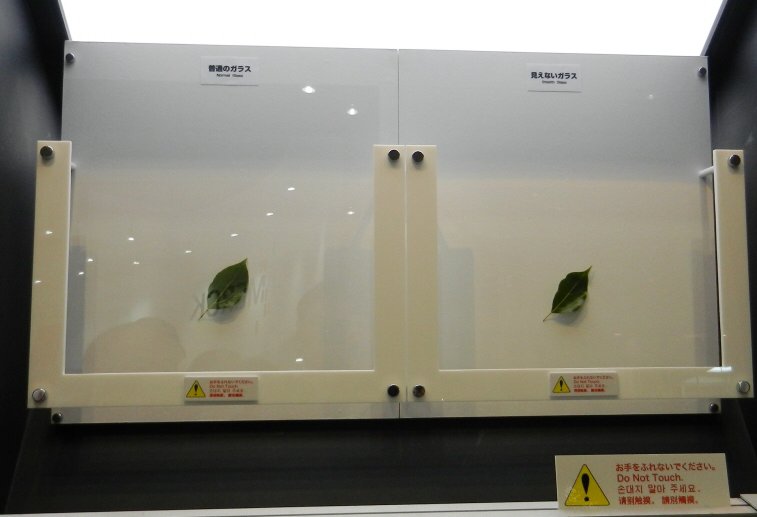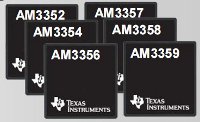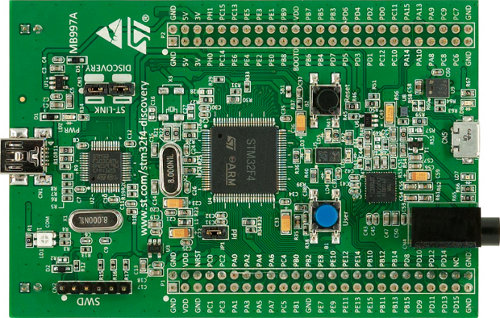Benjamin Zores, Alcatel-Lucent, describes different optimization techniques (focusing on hardware choice and software architecture) that can be used to improve the performance of embedded linux at Embedded Linux Conference Europe 2011. Abstract: This presentation provides a series of techniques that can be used for Linux embedded systems fine-grain tuning and performances optimization. Embedded systems are, by definition, always limited in terms of resources while people keep on trying to use desktop-oriented software on top of it. This talk presents a series of tips that can be used to actually measure, find and isolate bottlenecks in your system, whether it is by complete system profiling or software architecture optimization. Focus is also made on the traditional caveats that need to be avoided for your system not to be slow by design. You can also download the presentation slides. Jean-Luc Aufranc (CNXSoft)Jean-Luc started CNX Software in 2010 as a part-time endeavor, before […]
Board Bringup: LCD and Display Interfaces – ELCE 2011
Presentation “Board Bringup: LCD and Display Interfaces” by David Anders, Texas Instruments, at Embedded Linux Conference Europe 2011. Board bringup is one of the most under documented aspects of embedded development. This presentation looked at the various display technologies such as DisplayPort, DVI, LVDS, and other LCD interfacing methods with emphasis on how to bringup, debug, and validate them on new hardware. Using a case study, aspects such as interfacing timing, extended display identification data(EDID), and backlight controls have been discussed. Most embedded linux developers at some point in their career will be handed a piece of hardware that is untested. LCD bringup is one of the most challenging assignments for an embedded developer. This presentation intends to provide some core tools and methods for bringup of a new display interface. You can also download the presentation slides Jean-Luc Aufranc (CNXSoft)Jean-Luc started CNX Software in 2010 as a part-time endeavor, […]
All You Need to Create a Beaglebone Clone
The Beagleboard community has released Beaglebone Rev 3 hardware design files so that other people can now modify the hardware and/or create a clone. Here are the files: Schematics (PDF) Schematics (Orcad) [update] Bill of materials Gerber files Allegro files (PCB layout) System Reference Manual [update] To open Allegro files, you’ll need to download Cadence Allegro FREE Viewer or purchase one of Cadence PCB Design software if you don’t have it yet. The schematics are only provided in PDF format for now, so you would be able to modify them unless you reproduce the PDF one. Since TI has now released the Orcad schematics you’d also be able to make a custom board by modifying the schematics. Please note that those files comes with the following disclaimer: These design materials are *NOT SUPPORTED* and DO NOT constitute a reference design. THERE IS NO WARRANTY FOR THE DESIGN MATERIALS, TO THE […]
Epiq Solutions Matchstiq: World’s smallest Software Defined Radio
Epiq Solutions recently announced the Matchstiq, a software defined radio (SDR) combining a broadband RF transceiver with CPU (TI DM3730)/FPGA (Xilinx Spartan-6) processing running Linux 2.6.35. The device offers a complete stand-alone software-defined radio solution with flexibility at a fraction of the size/weight/power consumption of similar products. Epiq Solutions also provides a library of ready-to-run specialty software applications that allows the Matchstiq platform to be immediately used to solve challenging signal processing requirements. The device can be deployed as stand-alone device in unmanned aerial vehicle (UAV), as a wireless interface to an (Android) host via Bluetooth or Wi-Fi or as wired interface to a PC via USB. The key features include: Integrated CPU (TI DM3730) /FPGA (Xilinx Spartan-6) for signal processing applications Single RF transceiver covering 300 MHz to 3.8 GHz Supports RF channel bandwidths up to 28 MHz Integrated GPS receiver with 1PPS Run-time loadable/executable software applications Full suite of specialty […]
Nippon Electric Showcases (Quasi) Invisible Glass
Nippon Electric Glass Co Ltd developed a glass substrate that it calls “invisible glass” and exhibited it at FPD International 2011. The company reduced the reflection of light so that light reflections can hardly be seen on the glass substrate. Many visitors at the exhibitions were said to be gazing at the invisible glass with surprised looks on their faces. Nippon Electric Glass reduced the the reflection of light by forming an anti-reflection film on each of the front and back sides of the glass substrate. In the case of a normal glass substrate, about 92% of incoming light passes through it, and the rest 8% of the light is reflected on it. On the other hand, about 99.5% of incoming light passes through the new glass substrate. So, only about 0.5% of the light is reflected on it. Nippon Electric Glass claims that the luminous reflectance of the substrate […]
TI Unveils Sitara AM335x ARM Series Cortex-A8 Processors
Texas Instruments has just announced the new Sitara AM335X Processors and the low cost Beaglebone development board. The low cost Cortex-A8 SoCs start at 5 US dollars per piece and are aimed at upgrading ARM9 solutions (software compatible) and adding new features such as 3D interfaces and touch screen, high resolution displays with faster performance. Texas Instruments says you could take those new upgraded products to market within 6 months thanks to their inexpensive development board (Beaglebone) and complete SDK. There are six models in the Sitara AM335X series: AM3552: Cortex A8 up to 720 MHz. AM3554: Cortex A8 up to 720 MHz with 3D Graphics (PowerVR SGX GPU). AM3556: Cortex A8 up to 720 MHz with programmable real-time unit (PRU) @ 200 Mhz. AM3557: Cortex A8 up to 720 MHz with PRU @ 200Mhz and EtherCat. AM3558: Cortex A8 up to 720 MHz with 3D Graphics and PRU @ […]
ST Micro 15 USD STM32F4-Discovery Cortex-M Development Kit
ST Microelectonics promote their Cortex-M series at ARM Techcon 2011 and especially the new STM32F4 series the most powerful cortex M4 MCUs. They also showcase a low cost development board called STM32F4-Discovery that they give away at the exhibition and that can be bought online for 14.90USD from distributors. The evaluation board is based on the STM32F407VGT6 and includes an ST-LINK/V2 embedded debug tool, two ST MEMS, digital accelerometer and digital microphone, one audio DAC with integrated class D speaker driver, LEDs and push buttons and an USB OTG micro-AB connector. A large number of free ready-to-run application firmware examples are available in the STM32F4-Discovery board firmware package to support quick evaluation and development. Key Features of the Development kit: STM32F407VGT6 microcontroller featuring 32-bit ARM Cortex-M4F core, 1 MB Flash, 192 KB RAM in an LQFP100 package On-board ST-LINK/V2 with selection mode switch to use the kit as a standalone ST-LINK/V2 […]
ARM Unveils 64-Bit ARMv8 Architecture
ARM has just disclosed the technical of the ARMv8 architecture (to selected partners), featuring 64-bit instruction set support, extended virtual addressing, and backwards-compatible 32-bit support, so that software designed for ARMv7 (Cortex-A family) cores will run on the ARMv8 architecture. Here are the key points of the press release: The ARMv8 architecture consists of two main execution states, AArch64 and AArch32. The AArch64 execution state introduces a new instruction set, A64 for 64-bit processing. The AArch32 state supports the existing ARM instruction set. The key features of the current ARMv7 architecture, including TrustZone®, virtualization and NEON™ advanced SIMD, are maintained or extended in the ARMv8 architecture. … In support of the introduction of the ARMv8 architecture, ARM is working to ensure a robust design ecosystem to support the 64-bit instruction set. The ARM compiler and Fast Models with ARMv8 support have already been made available to key ecosystem partners. Initial […]


